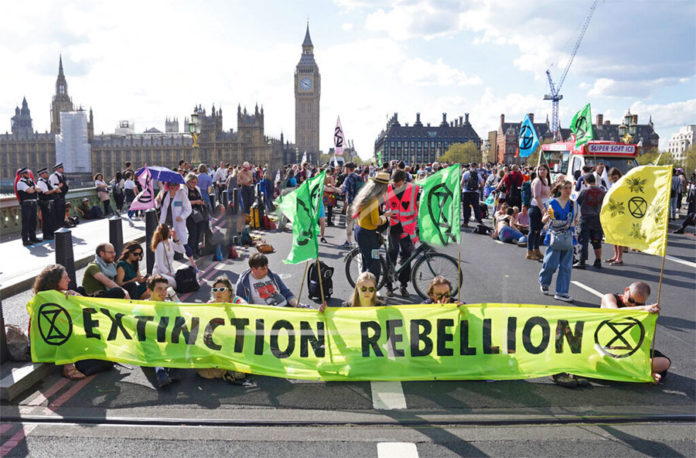
The United States of America led the world in the late 1800s as one of the first nations to recognize the importance of legally protecting natural lands, waterways, and wildlife. A hundred years before the ideas of resource scarcity or climate change were on anyone’s radar, conscientious residents of the West already understood that without legal protection, our lands and their resources would continue to be exploited and depleted. On March 1, 1872, then-President Ulysses S. Grant established Yellowstone National Park via passage of the Yellowstone National Park Protection Act – ultimately protecting 2,219,791 acres of pristine and wild land.
This action by the United States was the beginning of a worldwide movement to establish National Parks for the purpose of environmental protection and conservation. Today, the International Union for Conservation of Nature reports that there are more than 4,000 National Parks around the world, and they host more than 270 million visitors every year. National Parks also serve as refuge for species of plants, insects, and animals that would otherwise lose their habitats and disappear. Many species of animals have been nurtured back from the edge of extinction through legal intervention that protected their homelands.

This did not happen as a result of the government’s initiative, though. The presidential administration of the United States did not decide to protect Yellowstone of its own volition. The protection of Yellowstone came about as a result of over 50 years of exploration, education, and advocacy by private citizens. Explorers, writers, and photographers who understood the immeasurable, irreplaceable value of Yellowstone’s natural riches presented their findings to other people. They formed coalitions, and they advocated together with the elected officials who had the power to make laws. They experienced challenges from people who had a financial interest in the purchase or sale of this untouched land. They had to confront and overcome the people whose motivations were not for the public good, but instead for their own private gain.

Neighborhoods in Philadelphia and other urban areas across the country are a far cry from the stunning beauty of Yellowstone and other National Parks. But the natural environments in urban communities are no less important to basic physical, mental, emotional and social health. The green of tree canopy and other vegetation performs the same function in cities as in the wilderness – to clean the air, to provide shade and food, and to nurture the soul. Robust green spaces and trees also serve to reduce average temperatures wherever they are concentrated, helping to protect neighborhoods from extreme heat. Clean air is critical for health – and low-income urban communities suffer from higher rates of asthma and other chronic diseases caused by unhealthy environments.
The advocacy process for urban communities is the opposite of what early Americans did for Yellowstone, though. In urban contexts, coalition-building and advocacy must be for the purpose of creating a healthy natural environment, rather than preserving what exists. Higher-income communities are starkly more verdant and lush in most cases than lower-income neighborhoods, and this is not an accident. The lack of investment in natural infrastructure and beauty in low-income communities has been purposeful, and unjust. On Earth Day 2022, Americans can once again take up the mantle of the legacy passed down by the bold explorers who saw Yellowstone for what it was and did not hesitate to act. In 2022, the threat of environmental deterioration and climate change is an ever-present reality – with a disproportionate impact on the most disadvantaged and vulnerable people. The modern-day responsibility is not less than it was in 1872 – it is greater and more urgent. This Earth Day, the inspiration of America’s past leadership should propel even greater action for the collective good.
























